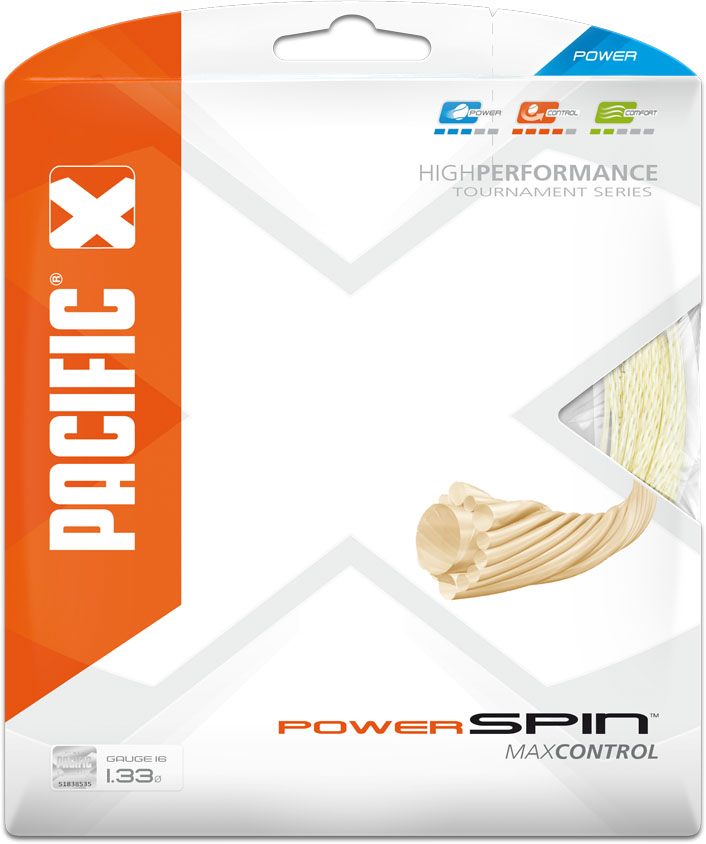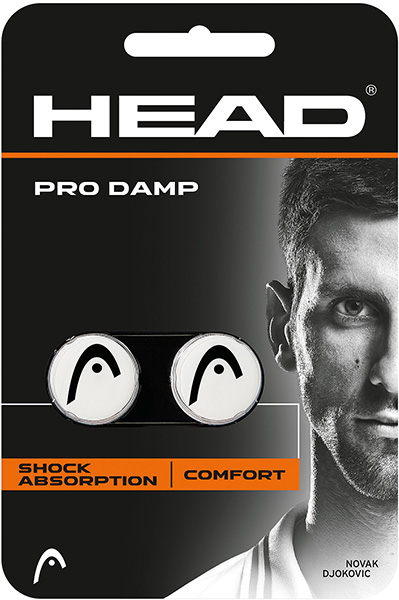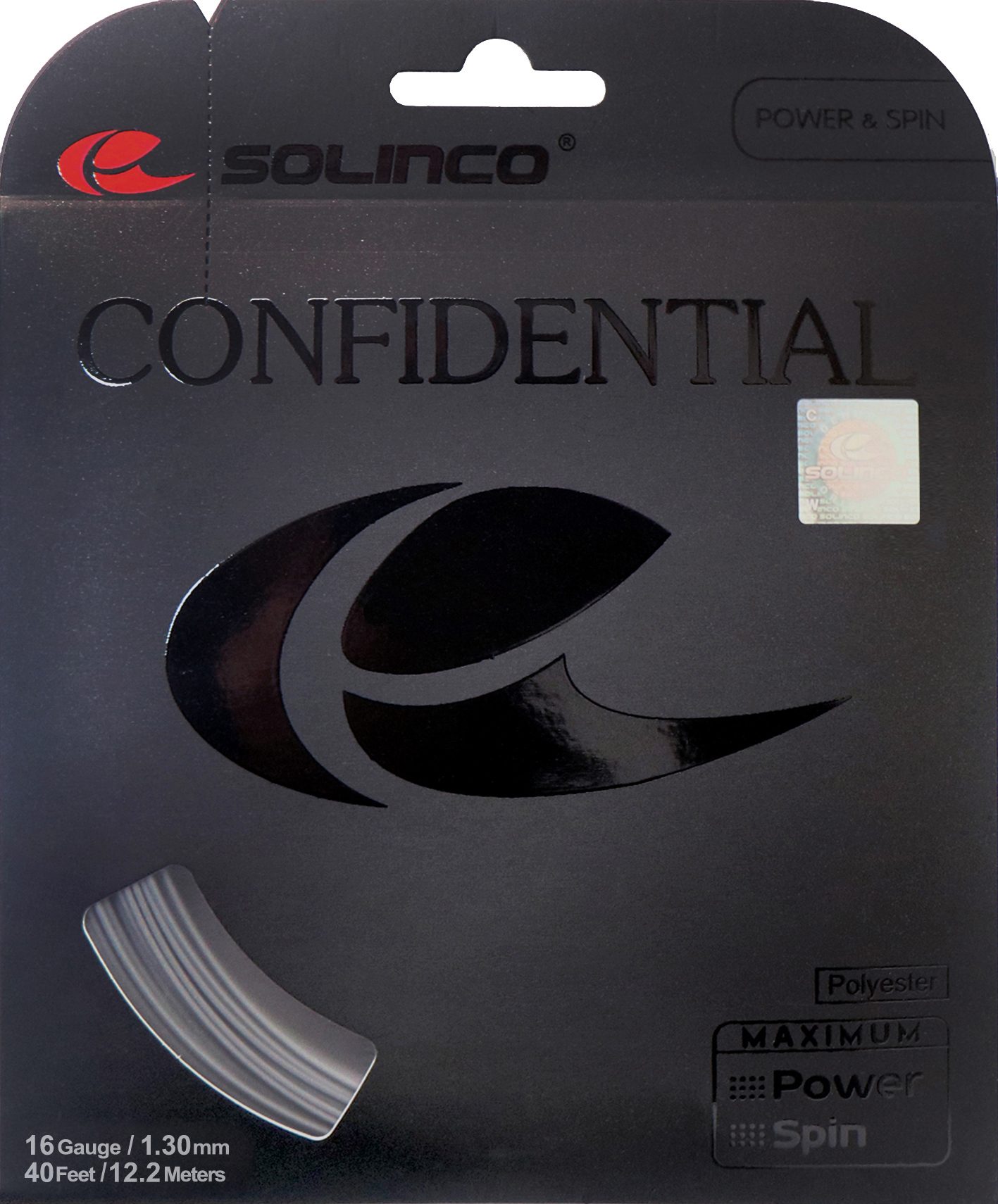11,90 €
Save 15%Each offer available in the Tennis Zone is an original product, coming directly from manufacturers or trusted distributors.

11,90 €
Save 15%
11,90 €
Experience the game-changing blend of power and control with the Pacific Power Spin, a tennis string specifically crafted to enhance rotation and spin. This unique string offers an excellent dynamic potential, allowing for strong strikes while maintaining a great level of control. Ideal for both professional players and ambitious enthusiasts, the Pacific Power Spin is the winning choice for those seeking to optimize their game and exceed their performance limits.
The Pacific Power Spin tennis string boasts a modified profile embodied in a twisted sheath design. This innovative feature enables superb ball biting and greater spin for powerful and precise shots. Its core structure enveloped in a protective layer increases durability, extending the string lifespan and assuring consistent performance over time.

| Article number: | ST15013.1 |
|---|---|
| Color: | White |
| Material: | polyamid |
| Properties: | dynamic spin |
| String length (m): | 12,2 |
| String profile: | modified profile |
| Structure: | core with buffer zone |
Experience the game-changing blend of power and control with the Pacific Power Spin, a tennis string specifically crafted to enhance rotation and spin. This unique string offers an excellent dynamic potential, allowing for strong strikes while maintaining a great level of control. Ideal for both professional players and ambitious enthusiasts, the Pacific Power Spin is the winning choice for those seeking to optimize their game and exceed their performance limits.
The Pacific Power Spin tennis string boasts a modified profile embodied in a twisted sheath design. This innovative feature enables superb ball biting and greater spin for powerful and precise shots. Its core structure enveloped in a protective layer increases durability, extending the string lifespan and assuring consistent performance over time.

| Article number: | ST15013.1 |
|---|---|
| Color: | White |
| Material: | polyamid |
| Properties: | dynamic spin |
| String length (m): | 12,2 |
| String profile: | modified profile |
| Structure: | core with buffer zone |
Each offer available in the Tennis Zone is an original product, coming directly from manufacturers or trusted distributors.
Sign up for the free newsletter and do not miss any promotions and news, as well as individual offers from our store.
Functional cookies are absolutely necessary for the functionality of the web shop. These cookies assign a unique random ID to your browser so that your unhindered shopping experience can be guaranteed over several page views.
Marketing cookies are used to display advertisements on the website in a targeted and individualized manner across multiple page views and browser sessions.
Tracking cookies help the shop operator to collect and evaluate information about the behaviour of users on their website.
These cookies are used to collect and process information about the use of the website by users, in order to subsequently personalise advertising and/or content in other contexts.
Service cookies are used to provide the user with additional offers (e.g. live chats) on the website. Information obtained via these service cookies may also be processed for site analysis.




